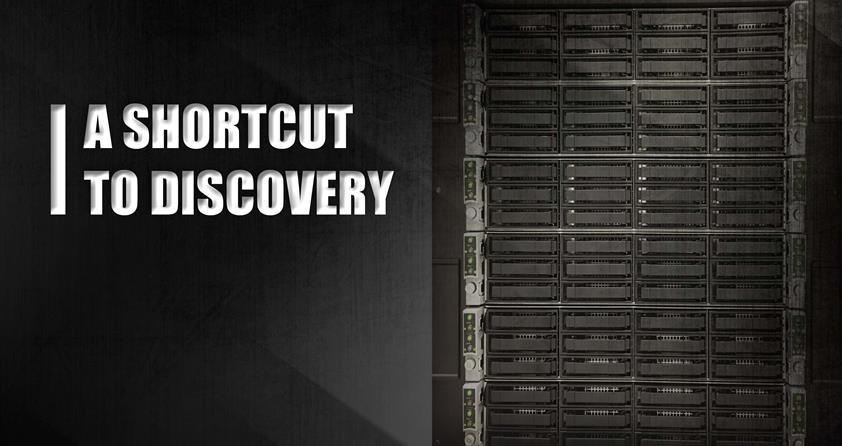By the Supercomputing Core Lab team and Andrea Hulsbosch
On September 16th KSL introduces a brand-new service to its researchers. A computing cluster called "Neser" is offered to Shaheen users for pre- and post-processing data, allowing them to input data and process the output in a very fast manner. By providing a swift and efficient access to Shaheen storage, Neser distinguishes itself from a general-purpose cluster IBEX.
Previously, Shaheen users needed to transfer their data to local computers first for analysis, which was an inconvenient and time-consuming process. With Neser as its sidekick, the need to move large amounts of data for pre- and post-processing is reduced. The ease of retrieving Shaheen data will enable faster scientific results for the High-Performance Computing community.
Neser consists of twenty nodes in hardware. Of these, nineteen are equipped with two Intel Skylake processors, 192GB of memory and 12TB of local disk. Two of these nodes are high-memory (768GB) to accommodate memory-intensive applications. In addition, there is one GPU node with 16 Nvidia K80 Tesla cards. For interconnect (and storage access), Neser is configured with FDR Infiniband.
To acquire access to Neser, existing Shaheen users can contact the KSL helpdesk (help@hpc.kaust.edu.sa) and include a short description of their proposed workflow. The new cluster uses the same core-hour accounting system as Shaheen, hence it is required to be a member of an active project.
The new capability bypasses the current steps, enabling an agile workflow. For KAUST researchers, Neser will assist ambitious objectives and fasten the road to discovery.

